How To Make A Wireless Endoscopic Camera ?
Making a wireless endoscopic camera involves several steps. First, you need to select a suitable camera module that can capture high-quality images and videos. Next, you need to integrate a wireless transmitter module that can transmit the captured data to a receiver unit. You also need to design a compact and lightweight enclosure that can house the camera and transmitter modules.
Once you have assembled the camera, you need to test it for functionality and performance. You may need to fine-tune the camera settings and wireless transmission parameters to optimize the image quality and transmission range. Finally, you need to ensure that the camera meets the necessary safety and regulatory standards before using it for medical purposes.
It is important to note that making a wireless endoscopic camera requires advanced technical skills and knowledge of electronics, optics, and wireless communication. It is recommended to seek professional assistance or guidance to ensure that the camera is safe and effective for medical use.
1、 Camera selection and preparation
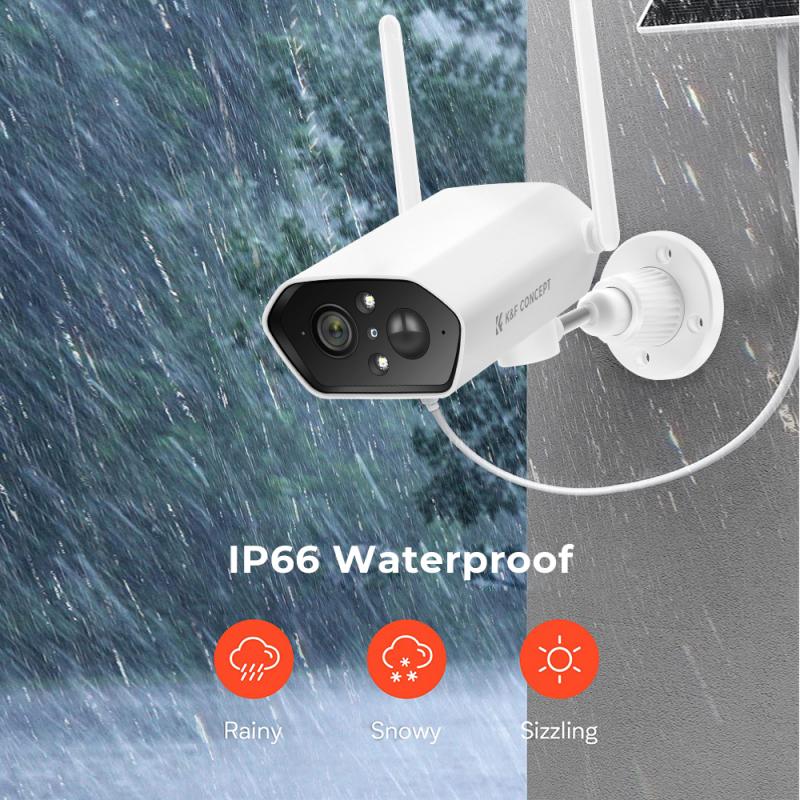
Camera selection and preparation is the first step in making a wireless endoscopic camera. The camera should be small and lightweight, with high resolution and good image quality. It should also have a wireless transmission capability, such as Bluetooth or Wi-Fi, to allow for remote viewing and control.
The latest point of view in camera selection is to choose a camera with a high dynamic range (HDR) sensor. This allows for better image quality in low light conditions and reduces the need for additional lighting during procedures. Additionally, cameras with built-in image stabilization can help reduce motion blur and improve image clarity.
Once the camera is selected, it needs to be prepared for use in an endoscopic application. This includes attaching a lens and light source to the camera, as well as ensuring that it is compatible with the endoscope. The camera should also be tested to ensure that it is functioning properly and that the wireless transmission is reliable.
To make the camera wireless, a transmitter and receiver need to be added. This can be done using a wireless video transmitter and receiver kit, which can be purchased online or at electronics stores. The transmitter is attached to the camera, and the receiver is connected to a monitor or mobile device for remote viewing.
In conclusion, making a wireless endoscopic camera involves careful camera selection and preparation, as well as the addition of a wireless transmitter and receiver. The latest point of view in camera selection is to choose a camera with HDR and image stabilization capabilities for improved image quality.
2、 Wireless transmission module installation

How to make a wireless endoscopic camera involves several steps, including the installation of a wireless transmission module. This module is responsible for transmitting the video signal from the endoscopic camera to a receiver, which can be a smartphone, tablet, or computer.
To install the wireless transmission module, you will need to first identify the type of module that is compatible with your endoscopic camera. There are several types of wireless transmission modules available in the market, including Wi-Fi, Bluetooth, and RF modules.
Once you have identified the appropriate module, you will need to connect it to the endoscopic camera. This can be done by soldering the module to the camera's circuit board or by using a connector cable.
After connecting the module, you will need to configure it to work with your receiver device. This involves setting up the wireless network and pairing the module with the receiver.
The latest point of view on wireless endoscopic cameras is that they are becoming increasingly popular in the medical field due to their ability to provide real-time video feedback during procedures. They are also being used in other industries, such as plumbing and automotive repair, for their ability to access hard-to-reach areas.
In conclusion, making a wireless endoscopic camera involves installing a wireless transmission module, which can be done by identifying the appropriate module, connecting it to the camera, and configuring it to work with the receiver device. The latest point of view on wireless endoscopic cameras is that they are becoming more widely used in various industries due to their versatility and real-time video feedback capabilities.
3、 Power source selection and installation
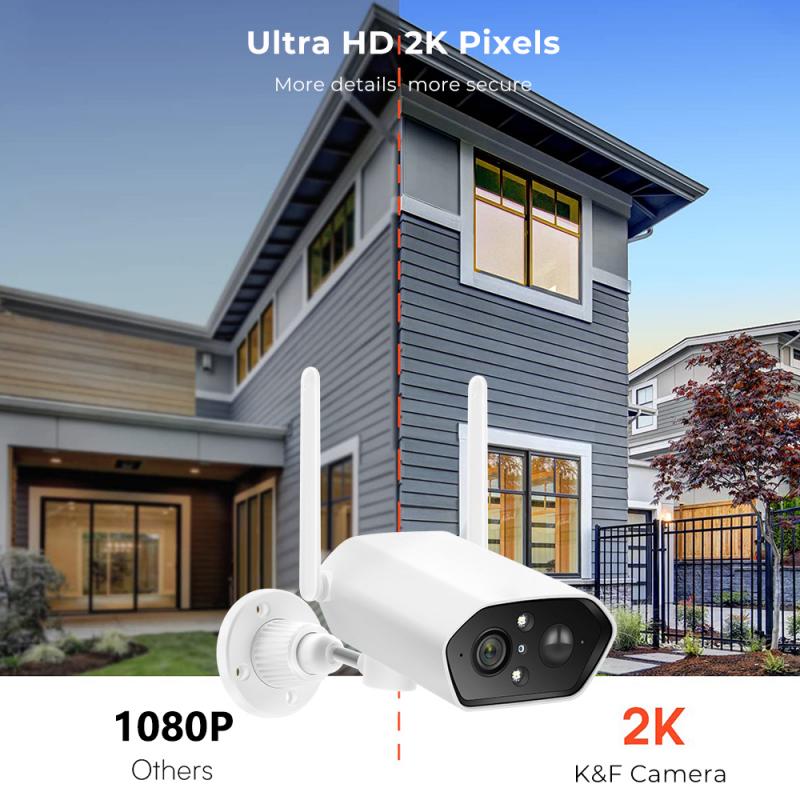
Power source selection and installation is a crucial step in making a wireless endoscopic camera. The camera requires a reliable and long-lasting power source to ensure uninterrupted operation during medical procedures. There are several options for power sources, including batteries, power banks, and AC adapters.
Batteries are a popular choice for wireless endoscopic cameras as they provide portability and flexibility. Lithium-ion batteries are the most commonly used type of battery due to their high energy density and long lifespan. However, it is important to select a battery with the appropriate voltage and capacity to ensure it can power the camera for the required duration.
Power banks are another option for powering wireless endoscopic cameras. They are portable and can be easily recharged, making them ideal for use in medical settings. However, they may not provide enough power for extended use, and their lifespan may be limited.
AC adapters are a reliable and consistent power source for wireless endoscopic cameras. They provide a constant supply of power and eliminate the need for battery replacements or recharging. However, they are less portable and may not be suitable for use in all medical settings.
When installing the power source, it is important to ensure it is securely attached to the camera and does not interfere with the operation of the device. It is also important to follow safety guidelines and ensure the power source is properly grounded to prevent electrical hazards.
In conclusion, selecting and installing a power source is a critical step in making a wireless endoscopic camera. The choice of power source will depend on factors such as portability, power requirements, and safety considerations. It is important to carefully evaluate the options and select a power source that meets the specific needs of the camera and the medical procedures it will be used for.
4、 Antenna selection and installation
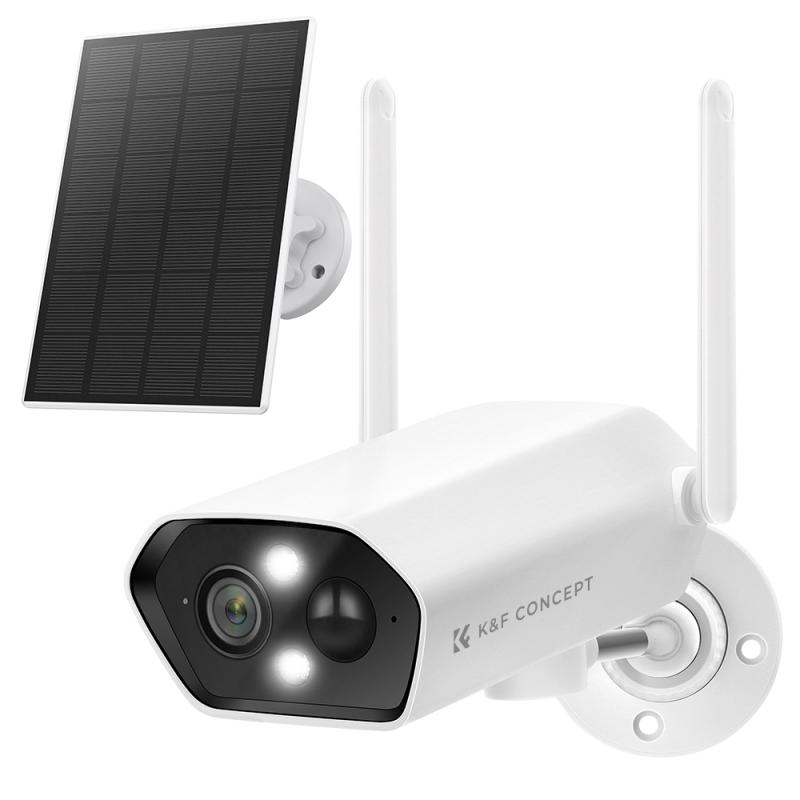
How to make a wireless endoscopic camera involves several steps, including antenna selection and installation. Antenna selection is crucial in ensuring that the camera can transmit high-quality images wirelessly. The type of antenna chosen will depend on the frequency band used for transmission, the distance of transmission, and the environment in which the camera will be used.
One of the latest trends in antenna selection is the use of directional antennas. These antennas are designed to focus the signal in a specific direction, which can improve the range and quality of the wireless transmission. Another trend is the use of multi-band antennas, which can transmit on multiple frequency bands simultaneously, providing greater flexibility in wireless transmission.
Once the antenna is selected, it must be installed correctly to ensure optimal performance. The antenna should be mounted in a location that provides a clear line of sight to the receiver, and any obstructions should be minimized. The antenna should also be properly grounded to protect against lightning strikes and other electrical interference.
In addition to antenna selection and installation, other factors must be considered when making a wireless endoscopic camera, such as the camera resolution, battery life, and wireless transmission protocol. By carefully considering all of these factors, it is possible to create a high-quality wireless endoscopic camera that can be used in a variety of medical and industrial applications.





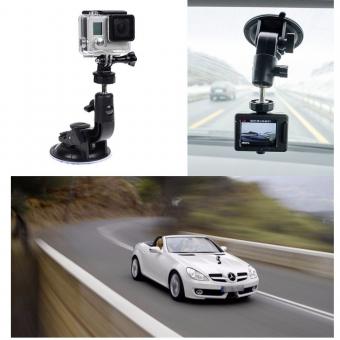



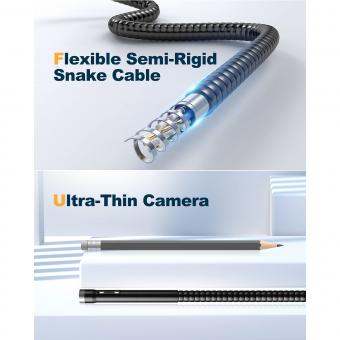
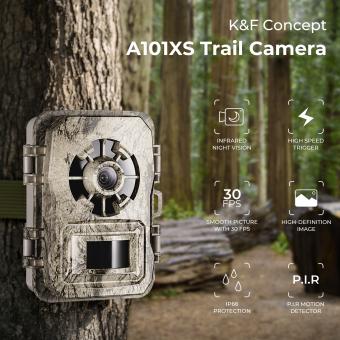

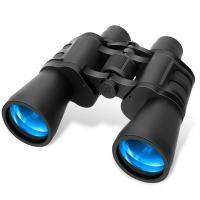
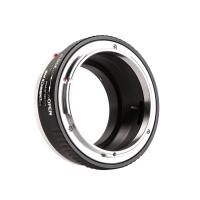
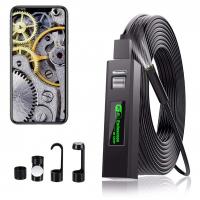




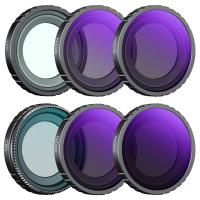

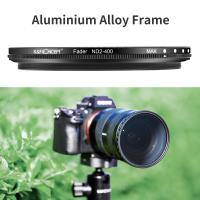

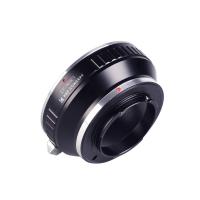
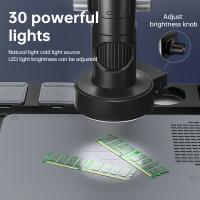
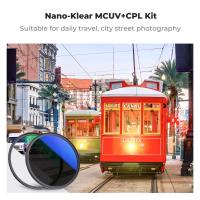

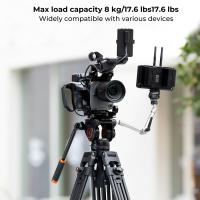
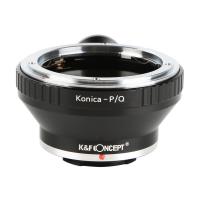
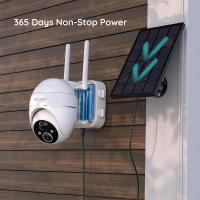
There are no comments for this blog.